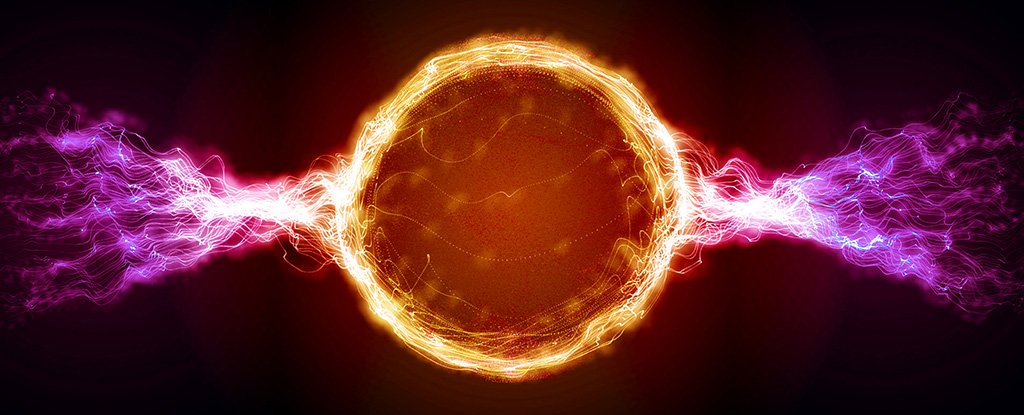

Here is an article of truly sci-fi proportions when you think of unlimed power. It covers the work that has been going on for decades with respect to harnessing controlled atomic fusion to create the utopia of inlimited power. It is clearly a target for the future but the progress being made to date makes for interesting reading even if some of the concepts and terminoogy might be a bit mind bending. It was published in the Science Alert journal by MICHELLE STARR on 2 SEPTEMBER 2021 and originally appeared the in Nature Journal.
Physicists working on a type of fusion reactor called a stellarator are getting closer to actually harnessing the power of nuclear fusion.
According to a new paper, the Wendelstein 7-X stellarator in Germany is now capable of containing heat that reaches temperatures twice as high as those found in the core of the Sun. This means physicists have been able to reduce heat loss - a major step forward in stellarator technology.
.png)
"It's really exciting news for fusion that this design has been successful," said physicist Novimir Pablant of the Princeton Plasma Physics Laboratory (PPPL). "It clearly shows that this kind of optimization can be done."
Fusion power is the focus of energy development efforts around the world. Theoretically, it relies on harnessing the energy released when nuclei in plasma fuse to produce a heavier element: the same process that occurs in the hearts of stars. If we could achieve this, the benefits would be huge – clean, high-output energy that's practically inexhaustible.
That's easier said than done, however. Fusion is an extremely energetic process, and containing it isn't easy. Fusion energy was first researched in the 1940s; decades later, fusion reactors still don't produce as much energy as they lose, by quite a significant margin – although the gap is closing.
The fusion technology currently breaking temperature records is the tokamak – a doughnut-shaped loop of plasma trapped in a shell of magnetic fields, driven at high speed in quick pulses. The relative simplicity helps contain it at high temperatures, but only in bursts.
Stellarators, on the other hand, are based on an incredibly complex configuration of magnets mapped out by an AI that can steer the plasma to keep it flowing. These are quite difficult to design and build, which has resulted in stellarators that leak quite a bit of the energy produced by fusion, in the form of heat loss.
.png)
That heat loss is the result of a process called neoclassical transport, in which colliding ions in a fusion reactor cause the plasma to diffuse outwards. Its effect is greater in stellarators than in tokamaks.
Because tokamaks have their own inefficiencies, researchers at PPPL and the Max Planck Institute for Plasma Physics sought to shape the magnets in W7-X to try and reduce the effects of neoclassical transport. And now measurements, taken using an instrument called an X-ray imaging crystal spectrometer (XICS), have shown very high temperatures inside the reactor.
That heat loss is the result of a process called neoclassical transport, in which colliding ions in a fusion reactor cause the plasma to diffuse outwards. Its effect is greater in stellarators than in tokamaks.
Because tokamaks have their own inefficiencies, researchers at PPPL and the Max Planck Institute for Plasma Physics sought to shape the magnets in W7-X to try and reduce the effects of neoclassical transport. And now measurements, taken using an instrument called an X-ray imaging crystal spectrometer (XICS), have shown very high temperatures inside the reactor.
"Reducing neoclassical transport isn't the only thing you have to do," Pablant said. "There are a whole bunch of other goals that have to be shown, including running steady and reducing the turbulent transport."
With different nuclear fusion reactor technologies currently under development, it seems only a matter of time before one of them delivers. It may still be a while until energy generated from fusion reaches our power grids, but when it does, it might very well change the world.
W7-X is currently undergoing upgrades, and will recommence operations in 2022.
The research has been published in Nature.
